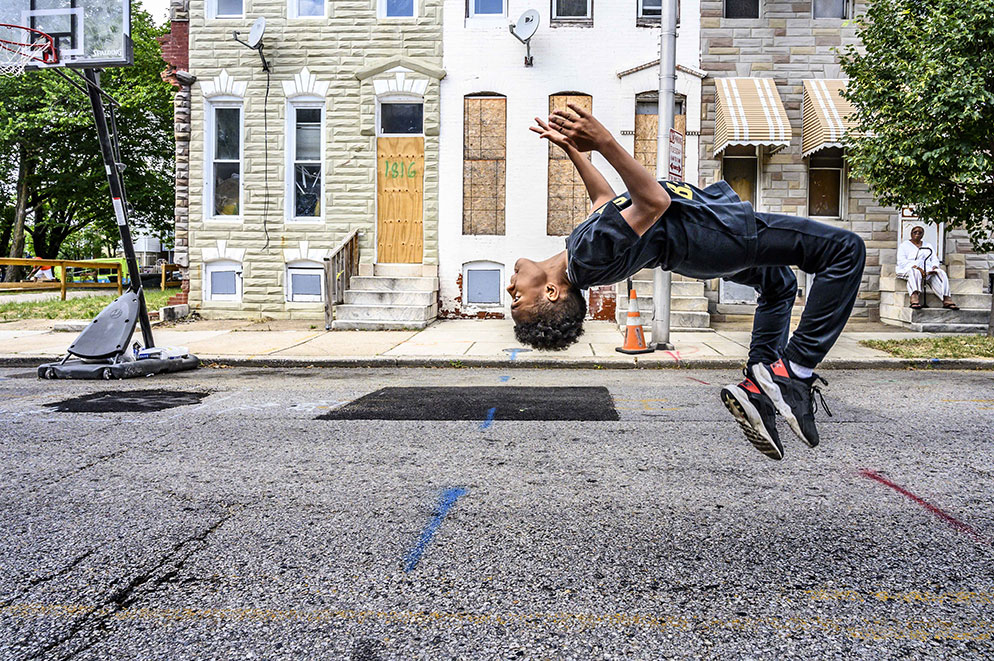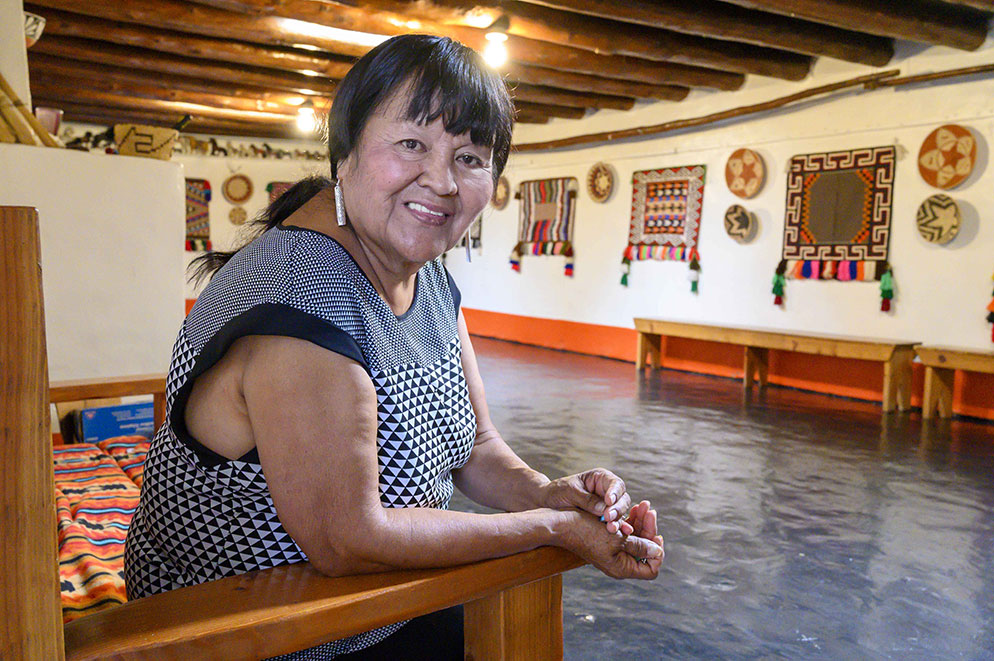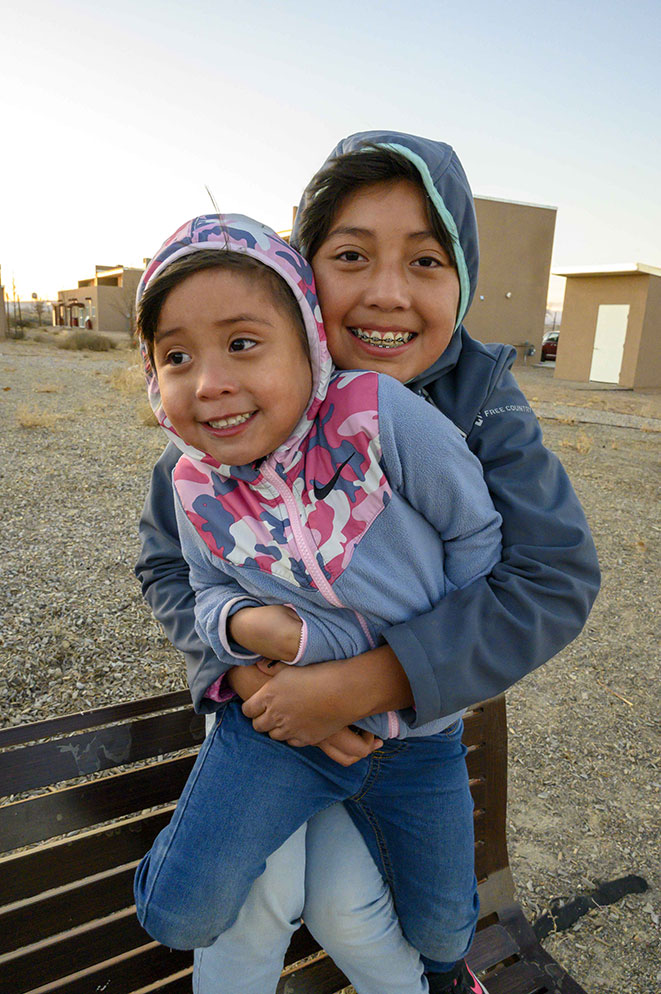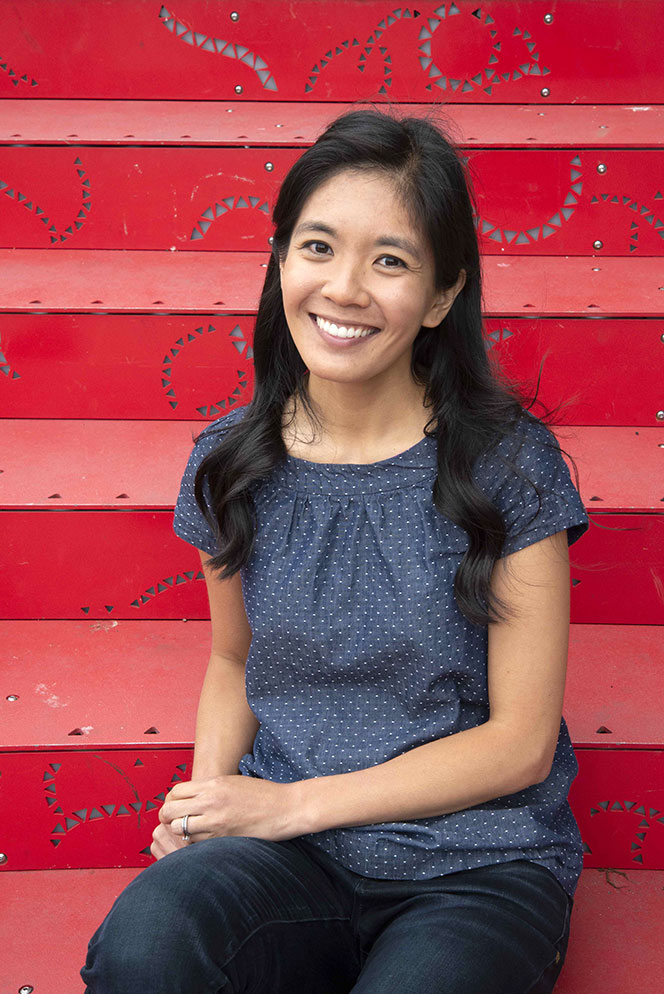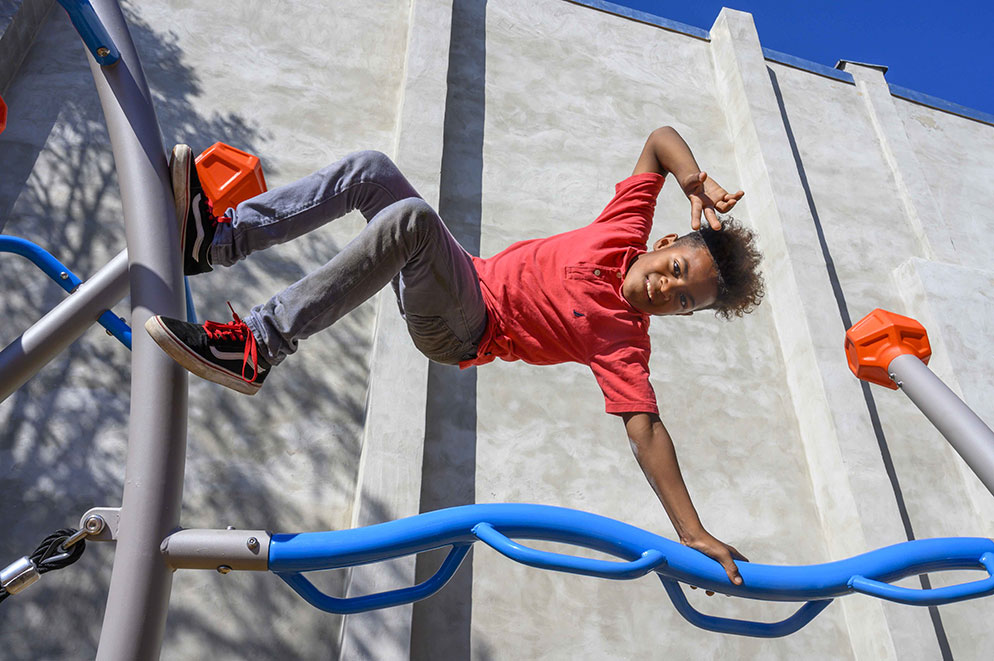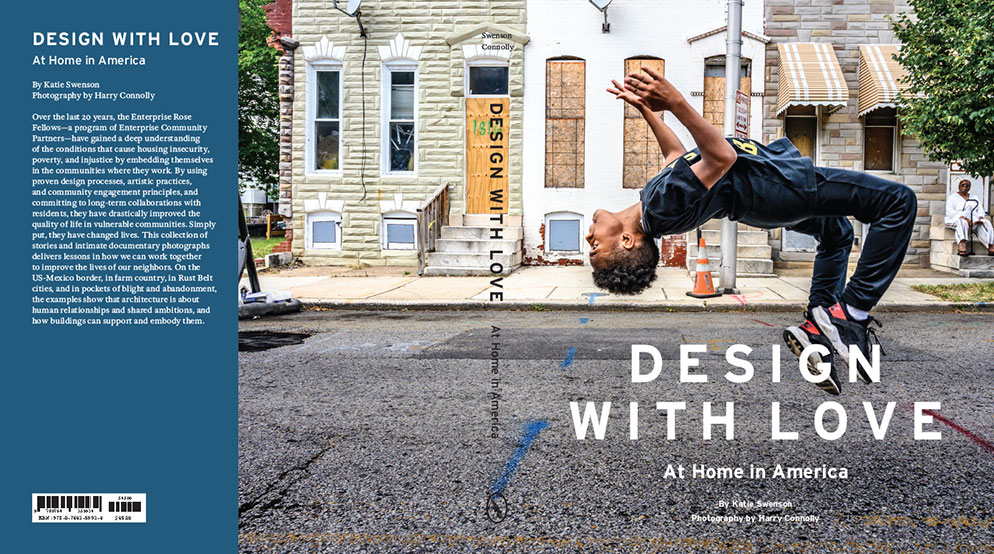A Photojournalist's Quick Switch to Mirrorless
"Johnny lived in a mobile home in Eastmoor, Mississippi, and every day he'd walk over and check on the house they were building for him," Harry says. "The architect is a Rose Fellow, and she hired a lot of young adults who were trained in the skills needed to build these houses." Z 6, NIKKOR Z 24-70mm f/4 S, 1/200 second, f/14, ISO 900, manual exposure, Matrix metering.
About midway into a challenging assignment, Harry Connolly decided to switch cameras. It wasn't merely a DSLR-to-DSLR update swap; it was a change of format: DSLR to mirrorless, specifically D610 to Z 6.
That caught our attention.
So...how come, Harry? We know that going from a reflex viewfinder to an EVF isn't that big a deal, but still...you know, learning curve and all that? And in the midst of a challenging assignment?
Harry had a quick response: "Everything I read about the Z 6 seemed to be perfect for what I was doing—lighter, smaller, great dynamic range, low-light capability."
"Manuelita in her home at the Kewa Pueblo in New Mexico. She's an artist who was working with the Rose Fellows on a project to develop an art trail nearby." Z 6, NIKKOR Z 24-70mm f/4 S, 1/100 second, f/7.1, ISO 20,000, manual exposure, Matrix metering.
Okay, then. Makes sense. A lighter, smaller camera for an assignment that kept him on the move, not only from state to state and town to town, but from street to park, church to construction site. And an advantage in low-light shooting. And a quiet shutter, which for Harry didn't mean setting the camera for silent running—he was working with people who knew pictures were being taken—but just using the camera with its built-in, off-the-shelf shutter sound. Just the normal quiet shutter was a game-changer for him because part of what makes his photos effective is the person-to-person, face to face connection he makes with people, and the quiet little camera did nothing to break that connection.
Eye-Detection AF also became a significant factor when he photographed people on the move, people in groups, people who were walking and talking and pointing things out to him. "Overall, Eye AF made the camera even more intuitive," he says. "It made everything easier in terms of my ability to concentrate on the situations and the environmental portraits I was making."
At the Kewa Pueblo, a mile or two from the main village. "The project was to build housing for members of the pueblo, and along with the housing they were also constructing art buildings where the village's potters and jewelry makers could work. The idea was to preserve the culture of the area and blend it into the lives of the villagers." Z 6, NIKKOR Z 24-70mm f/4 S, 1/250 second, f/14, ISO 8000, manual exposure, Matrix metering.
When we asked about the learning-curve factor, it turned out it was no big deal. "It wasn't really there, or at least not enough that I was aware of it. It was pretty much a seamless transition. I shoot mainly in manual, so I would adjust as I went along. I had to learn a few things, like with low-light shooting I did have to find out how far up the ISO ladder I could go—and it was pretty far. The color balance was right on, and it was easy to work the files if I needed to do that. Sure, I had the D610 with me as a backup, but I never took it out again. The Z 6 was perfect for the assignment."
Ah, yes...the assignment. That, too, caught our attention.
Rose Fellow Joann Ware, photographed in the International District in Seattle, Washington. "She was working with a local group on a housing project," Harry says. "This was taken just before I switched over to the Z 6." D610, AF-S NIKKOR 24-85mm f/3.5-4.5G ED, 1/160 second, f/13, ISO 1250, shutter-priority exposure, Matrix metering.
Everything about the Z 6 seemed to be perfect for what I was doing—lighter, smaller, great dynamic range, low-light capability.
"A health fair was taking place in the park in West Baltimore, and on my way I met up with Tavon. I took his picture right away in a posed shot, but then he said, 'Let me show you what I can do,' and I got him doing it. I was quick enough to lock Eye AF right on him...sharp as a tack." Z 6, NIKKOR Z 24-70mm f/4 S, 1/1250 second, f/9, ISO 4000, manual exposure, Matrix metering.
On the Job
Harry Connolly is a photojournalist who seeks and often finds the kinds of assignments that demonstrate the power of photography to tell life-affirming stories. Sometimes those assignments find him, and this was one of those.
He was hired by the Enterprise Rose Fellowship, an organization dedicated to affordable housing and community development solutions. They work by partnering with local not-for-profit groups to provide leadership, advocacy and financing, and their work is based on long-term participation in the effort.
"They don't descend on a community and tell people what they should do, or what they will do for them," Harry explains. "They listen—they'll spend time in community meetings to learn about what's needed and what's being done—and then they bring their talent to the job." Essentially the individual Rose Fellows increase people's capacity to get things done. "They work with small non-profits that don't normally have access to their level of experience and talent."
The approach of the Rose Fellowship's 20th anniversary sparked the idea of visiting Fellows in locations around the country. The stories and photos of their activities and the lives of the people in the communities were collected in Design With Love: At Home in America, which was published in September, 2020.
"I'd been photographing a Sunday church service in the park when I recognized Tavon and got some more of what he can do. This time I had better light." Z 6, NIKKOR Z 24-70mm f/4 S, 1/250 second, f/18, ISO 280, manual exposure, Matrix metering.
Harry worked with a set of guidelines, but was pretty much on his own to focus on the people who would benefit from the group's efforts. "The organization knows what I do—my connection to the Rose Fellows goes back 16 years," he says.
For Harry the work is a relationship. "It's definitely not a hit-and-run situation," he says. "I spent time with the people, and I'd often return to places to see how the work was going." And while there was time to revisit and establish connections, there was a lot of ground to cover, and things tended to move fast. The gear and Harry's attitude kept pace. "It was no 'toe in the water' switch to the Z 6 and mirrorless shooting," he says. "I just jumped right in, and I knew right away—this is going to work."
What might have clinched the deal was the performance and accuracy of Eye AF when Harry got the somersault shot that made the cover of the book.
You know that photo got our attention.
"The work of the Enterprise Rose Fellows really comes down to responding to people," Harry says. The work for Design With Love: At Home in America was completed in April, 2020, and the book was published by Schiffer Publishing the following September.

